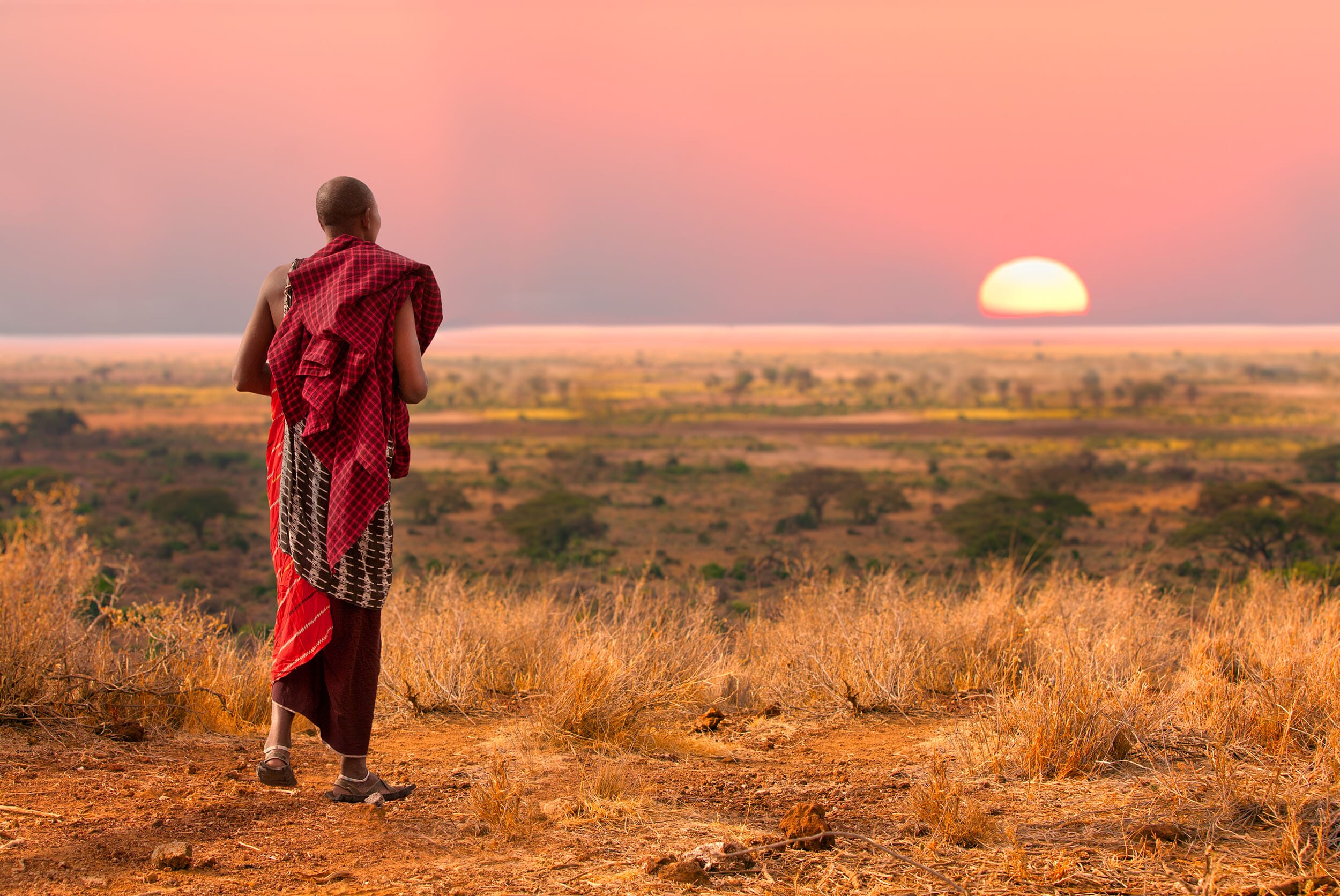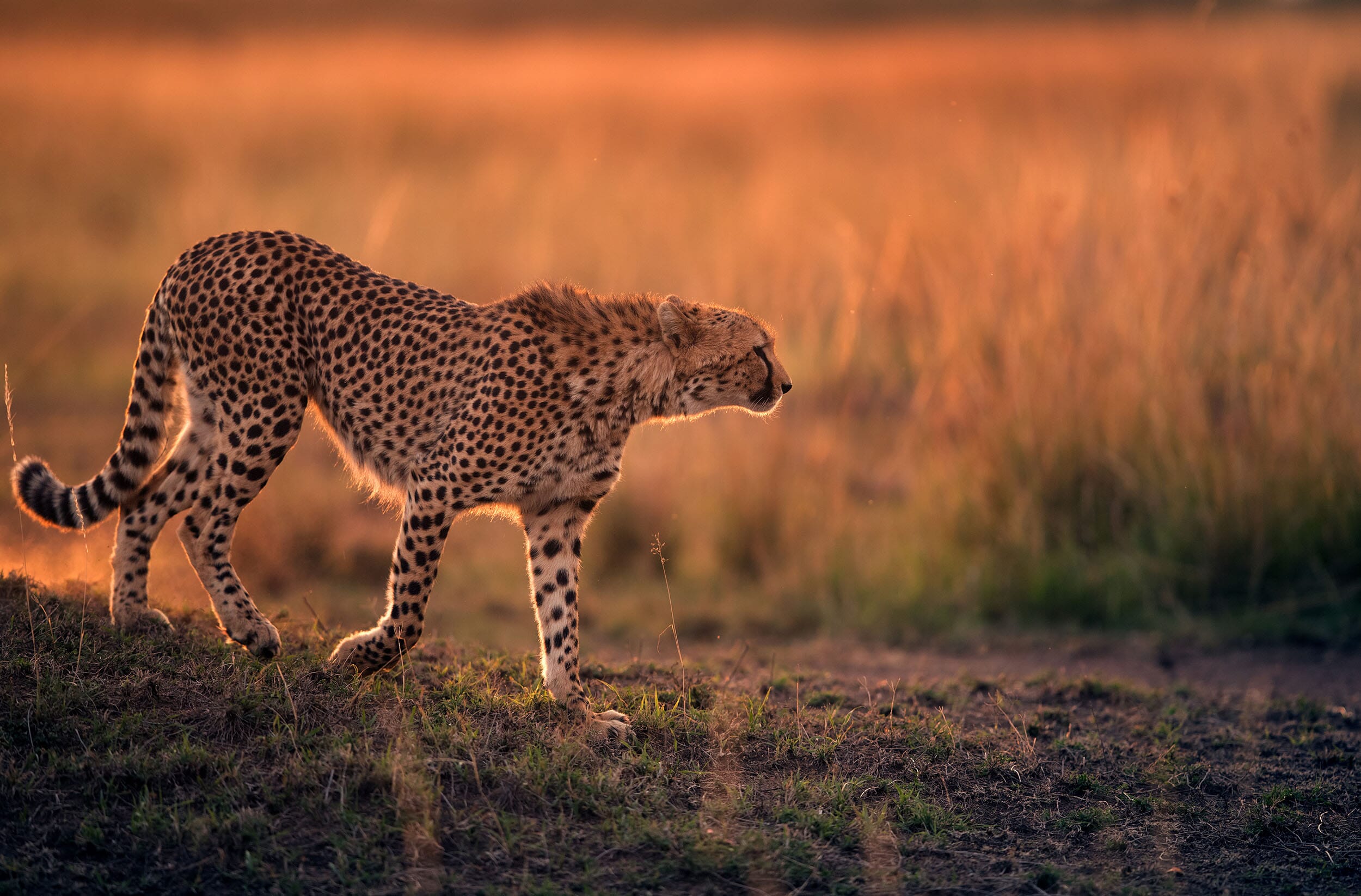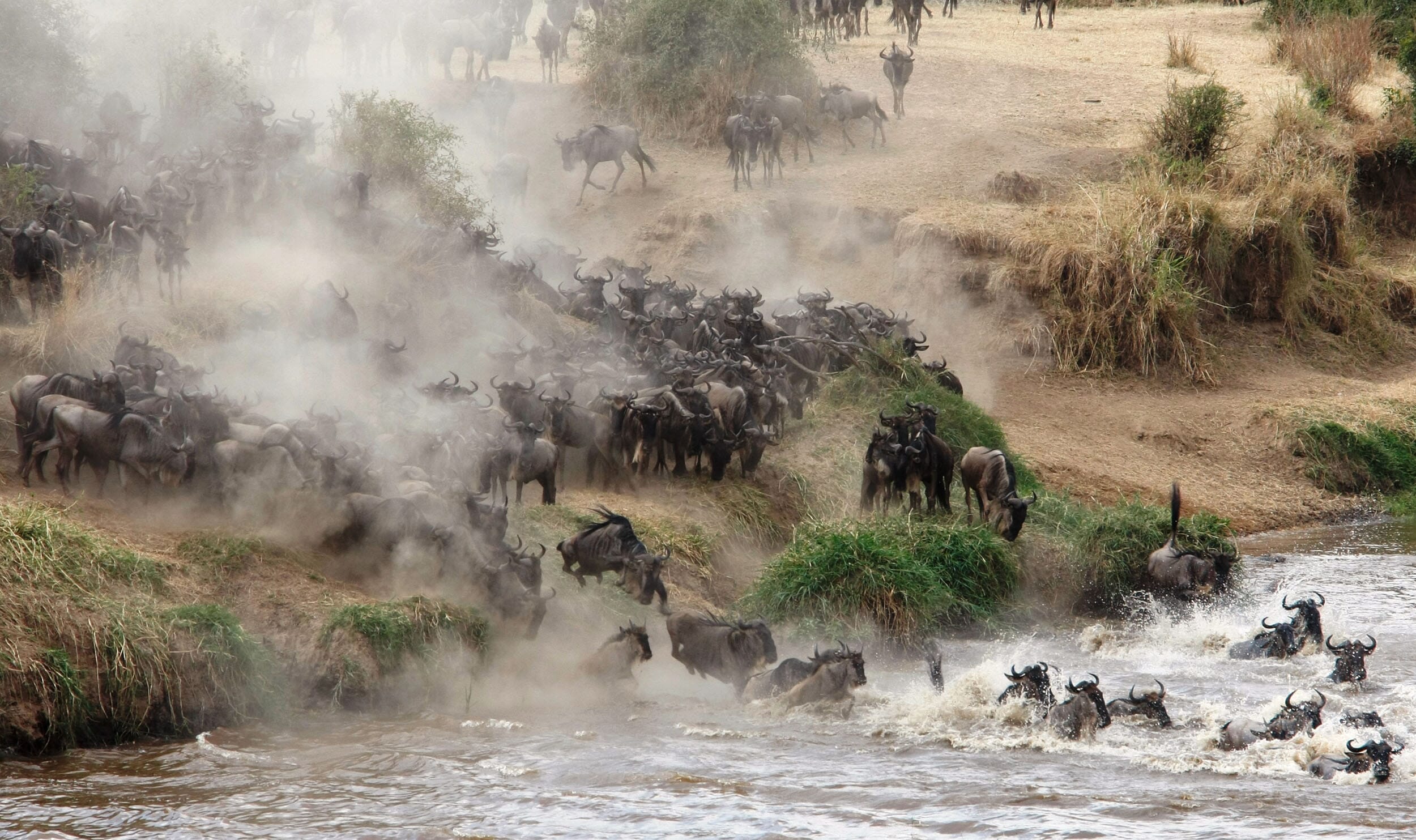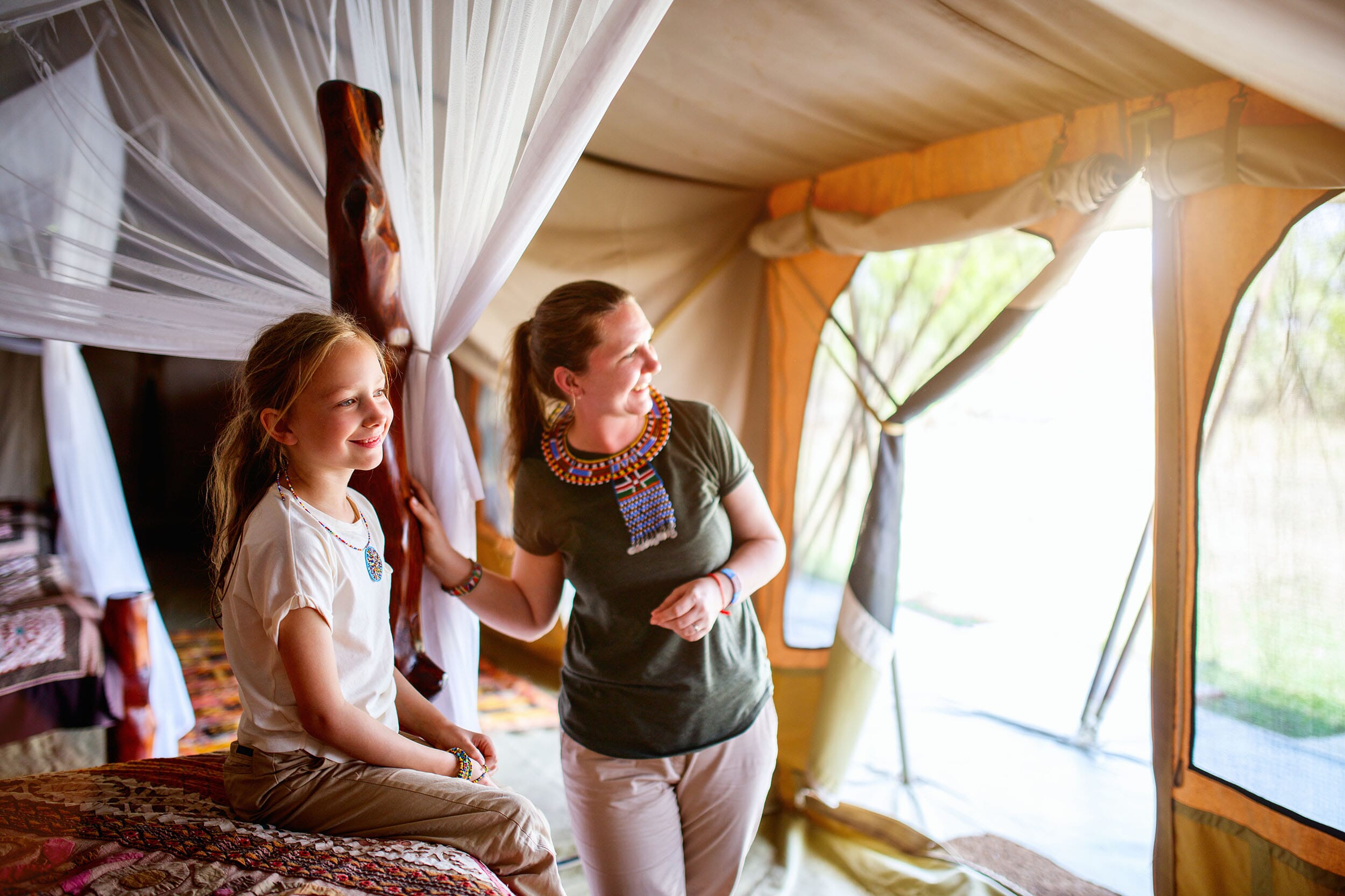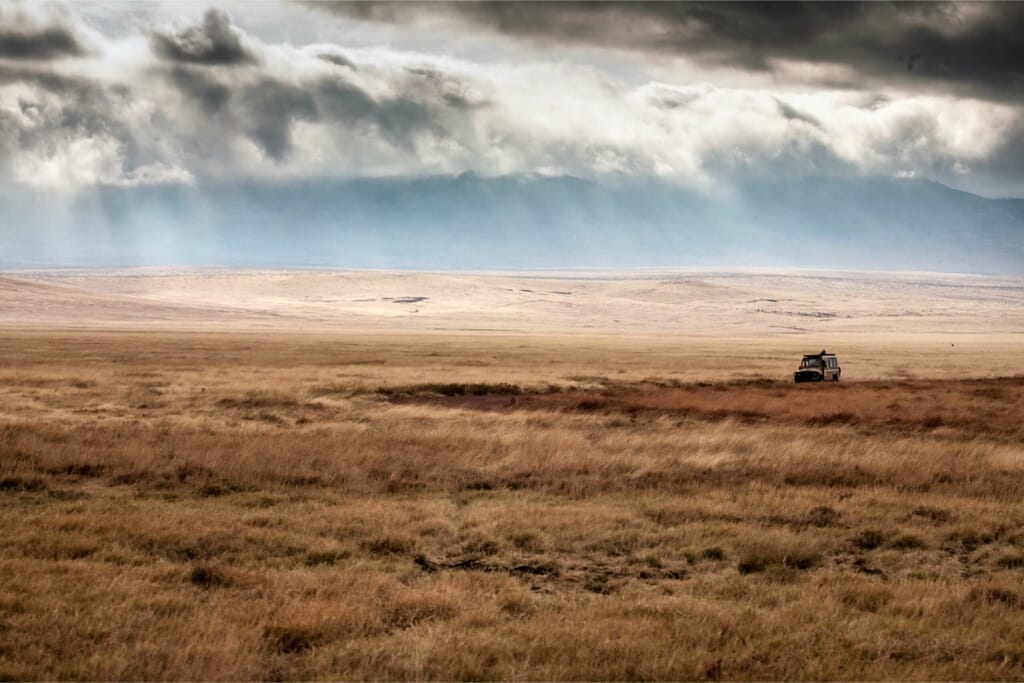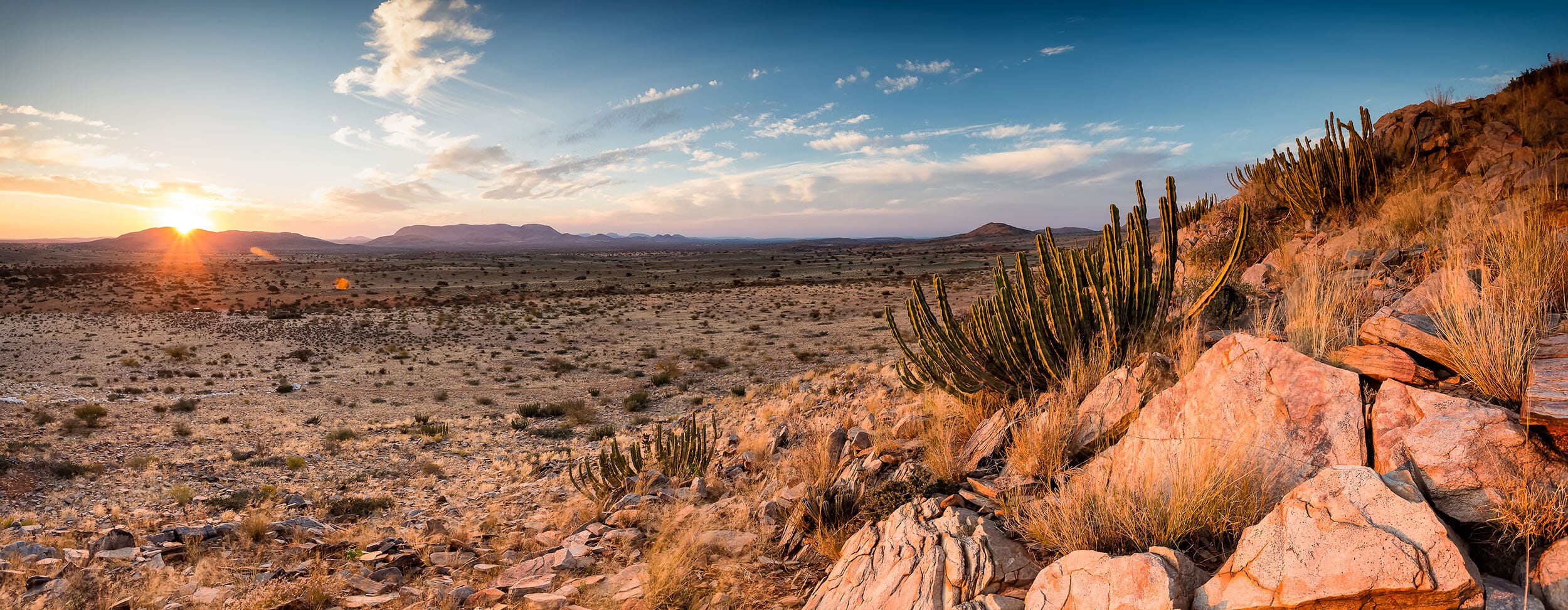
Western and Northern Cape
Venture beyond Cape Town and the Winelands to discover these hidden gems
Overview
Western and Northern Cape
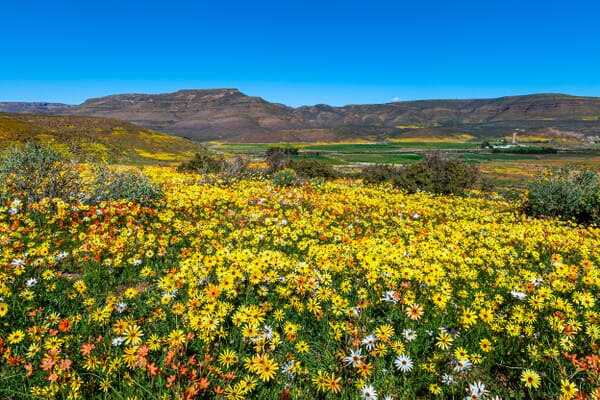
Beyond the prevailing Mediterranean climate that cocoons Cape Town and its environs lie South Africa’s Western and Northern Capes.
At first glance they’re a flat, arid expanse of not a great deal, however, those who know where to look will find impossibly isolated, luxury retreats. Some occupy other-worldly landscapes teeming with wildlife. Others nestle among seasonal carpets of vivid wildflowers.
If you think you know South Africa, it may be time to think again.
Overview
Western and Northern Cape

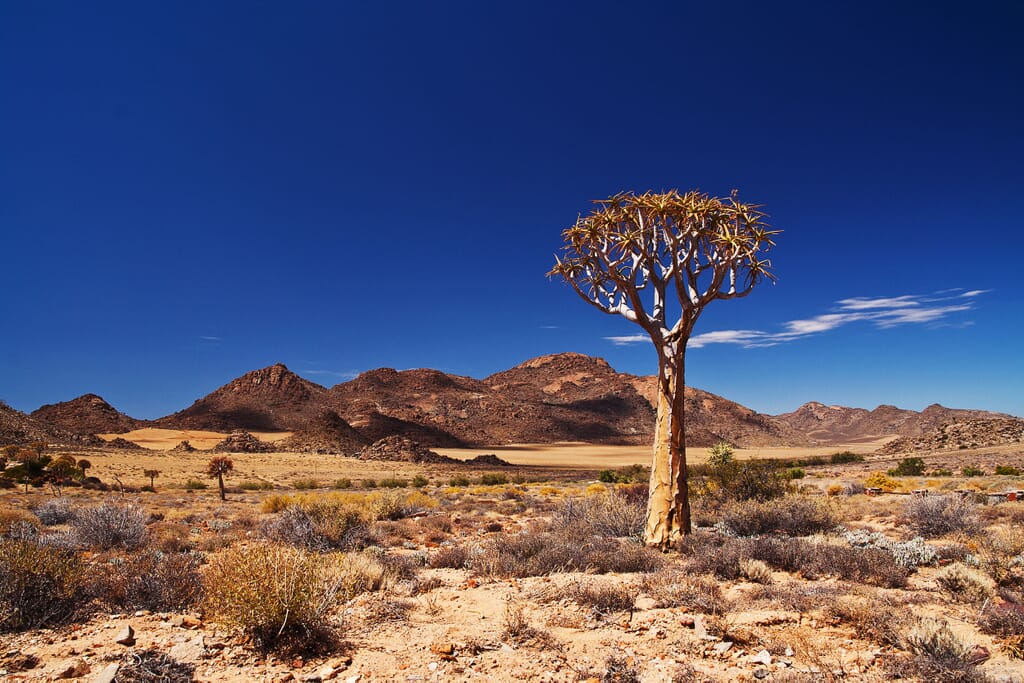
Where are the Western and Northern Cape?
The Western and Northern Cape of South Africa account for nearly half of the entire country, to the north and east of Cape Town.
Extending to the north as far as the border with Botswana, the landscapes eventually begin to take on the earthy reds of the Kalahari Desert.
The Western Cape can comfortably be explored using Cape Town as your starting point. The Northern Cape requires either a scheduled domestic flight, or why not board a luxury light aircraft and arrive in style.
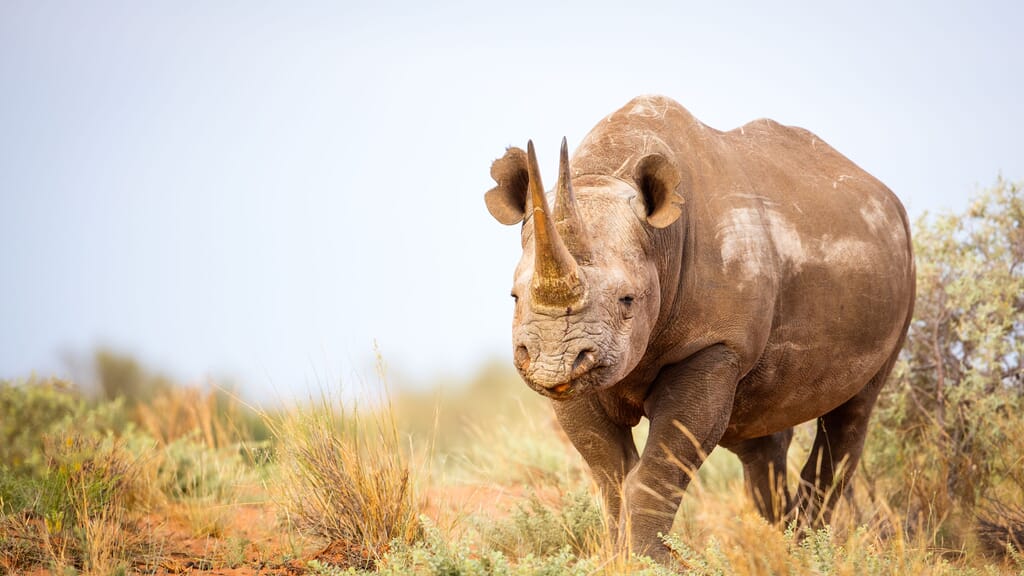
What to do?
The appeal of the Western and Northern Cape is undoubtedly getting off the beaten track. Most leave Cape Town heading to the east. Head north and you may just stumble across Bushman’s Kloof, a luxury spa retreat set amidst rocky outcrops decked with millenia old Bushman rock art.
Further north still, the private Tswalu Game Reserve’s red earth and abundant wildlife would not be out of place just over the border in Botswana. A conservation success story, the reserve offers unique wildlife, myriad activities as well as some of the darkest skies you’re ever likely to encounter on a South Africa family safari holiday.
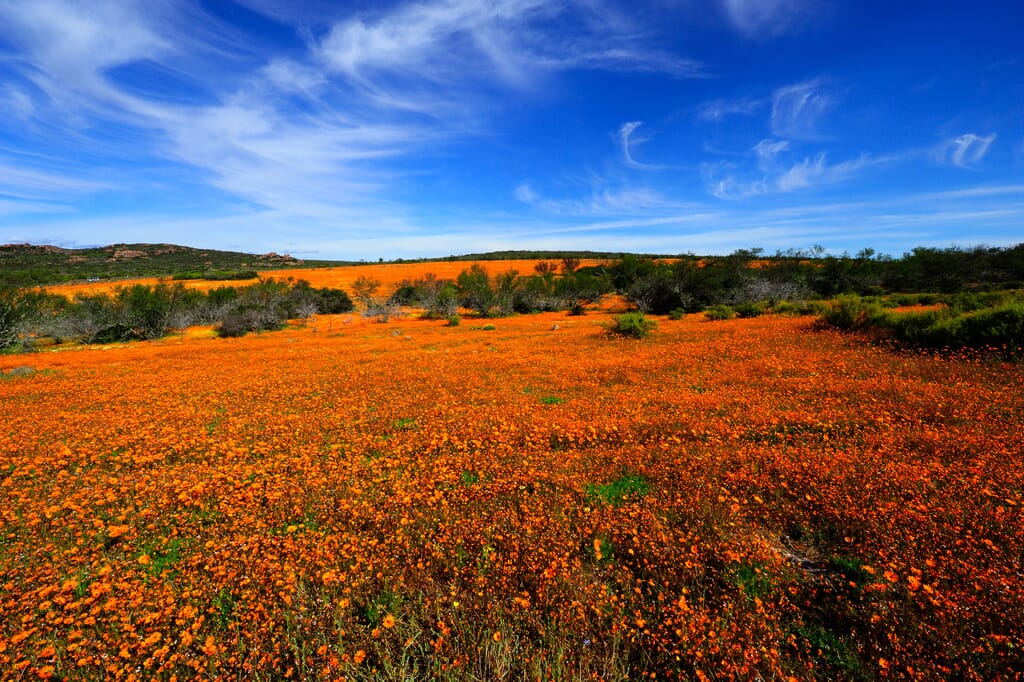
Best time to visit?
The Western Cape mirrors the weather patterns of Cape Town. Warm and dry between October and May and more unsettled between June and September. Conversely the Northern Cape’s continental climate sees drier, more comfortable temperatures between May and September. The summer months of November to March can be exceptionally hot but this is the time when the desert bursts into life with the seasonal rains.
In August the Namaqualand region, between Cape Town and the Namibian border, undergoes a spectacular transformation. Seasonal rains see a seemingly barren expanse of emptiness brought to life in an apparently endless patchwork of colourful wildflowers.
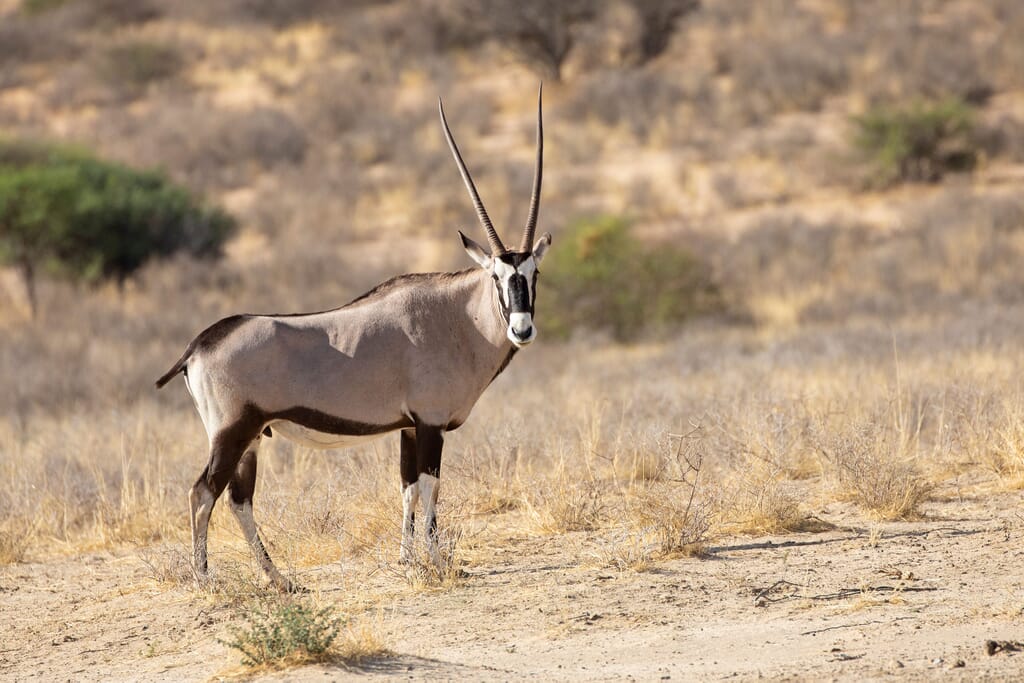
Who should visit?
All our favourite lodges in the Western and Northern Cape offer exceptional comfort and seclusion.
They also welcome families and their staff delight in enthusing younger visitors about their very special corner of South Africa.


Why travel with Coral Tree?
- 1. Sabi Sands Game Reserve
- 2. The Waterberg
- 3. Madikwe Game Reserve
- 4. Shamwari Game Reserve
- 5. Kwandwe Game Reserve
- 6. Timbavati Game Reserve
- 7. Phinda Private Game Reserve
- 8. Johannesburg
- 9. Kruger National Park
- 10. KwaZulu-Natal Coast
- 11. South Africa Battlefields
- 12. Drakensberg Mountains
- 13. Western and Northern Cape
- 14. Eastern Cape Game Reserves
- 15. Garden Route
- 16. Cape Town
- 17. Cape Winelands
- 1. Sabi Sands Game Reserve
- 2. The Waterberg
- 3. Madikwe Game Reserve
- 4. Shamwari Game Reserve
- 5. Kwandwe Game Reserve
- 6. Timbavati Game Reserve
- 7. Phinda Private Game Reserve
- 8. Johannesburg
- 9. Kruger National Park
- 10. KwaZulu-Natal Coast
- 11. South Africa Battlefields
- 12. Drakensberg Mountains
- 13. Western and Northern Cape
- 14. Eastern Cape Game Reserves
- 15. Garden Route
- 16. Cape Town
- 17. Cape Winelands
